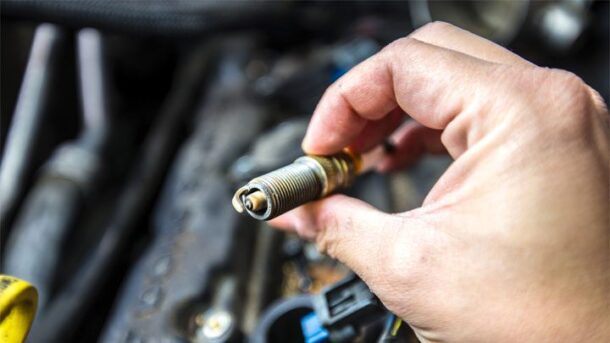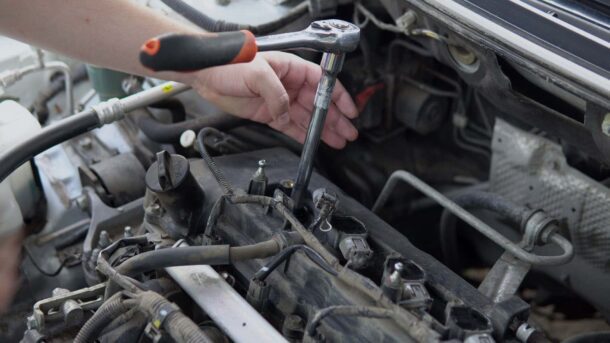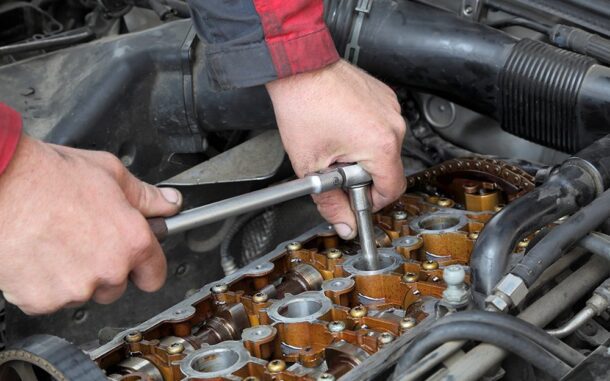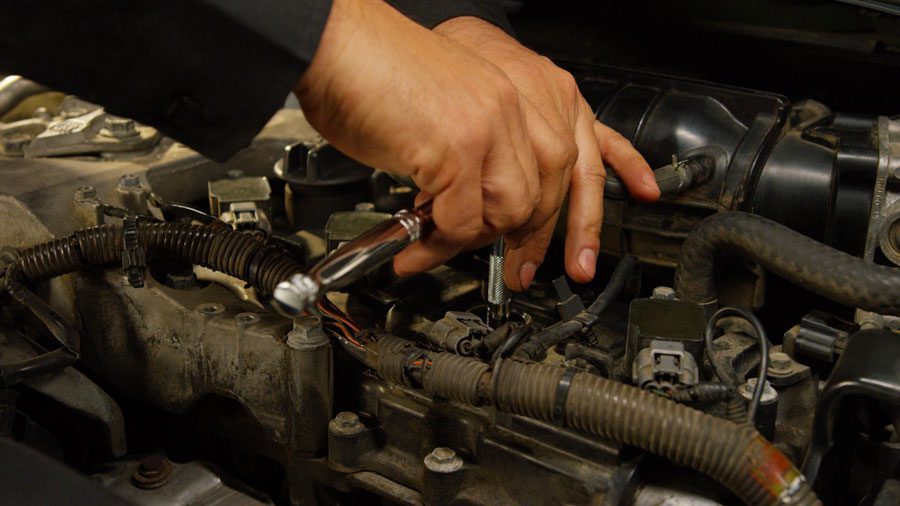As a driver or a car enthusiast, fixing a car should be a piece of essential knowledge for you. Not just that it saves money, but it saves you time as well. Imagine getting engine problems along the road. Instead of waiting for road assistance, you can check up your motor and see if you can fix it in an instant.
That goes the same when substituting your spark plugs. One of CarCody‘s articles highlighted how much it would cost you when you do spark plug replacement via DIY or with a trusted auto repair shop.
You will see the amount you can save if you do it yourself. Now, read this section by heart as we will provide the best knowledge to replace spark plugs easily.
When do you replace spark plugs?

There are some indications of when you need to replace your spark plugs. Usually, spark plugs last for about a year or more. But due to unhealthy car usage, it may deteriorate prematurely. Let us go over the symptoms of failing spark plugs.
The engine is backfiring
Usually, this happens when a fuel is not completely burned during the process. Due to this, you will hear when your engine backfires. It is like a loud gunshot sound whenever you are driving. Then a sudden stop and go with your vehicle.
Fuel consumption increases
This is a result if you have replaced the spark plugs and returned with the wrong gaps. You will see that your car emits black smoke.
Engine knock

By far, this is the biggest dilemma a car would face. If your motor happens to experience this, expect to have other parts of the machine have their own set of problems as well.
Easy steps on how to change your Spark Plugs
Verify the following easy steps in changing your spark plugs.
Step 1: Prepare your tools and workstation
Before beginning, it is better to prepare all the accessories you will demand. This is to avoid going to and fro from your toolbox. That is quite tiring as well. Here’s what you will need:
- Anti-seize
- Spark Plug Socket
- Safety glasses
- Ratchet set
- Torque wrench
- A gap adjustment tool (for spark plugs that needs gapping)
- Air compressor (optional)
- Repair manual
Once you have these, put this within a box or a bucket to reach them easily. In addition, you must also ready and clean your work area. Not just that it set the mood before you start your work, but it avoids confusion when you are already in the middle of your replacement process.
Step 2: Locate and study your spark plugs

Each engine has different spark plug setups. Some have four spark plugs. While others have 12, there are some engines where you can quickly locate the spark plugs, while others are hidden inside the chamber.
In that sense, it is convenient to have the manual with you as you work to have the database quickly and make your work faster and easier.
Step 3: Extract the old spark plugs
Make sure to clean the area and remove any debris. This is where the air compressor will make it easier for you. It is crucial to remove all the trash as it will affect the engine’s performance in the long run. In addition, the spark plugs are highly tight so use a ratchet to loosen and remove them.
Before you throw your spark plug away, examine it very well. The motor’s health is indicated in the appearances of the spark plug. If it has carbon deposits, it may suggest that you have a high ratio between air and fuel. You may want to adjust that after replacement.
Before we forget, we want to ensure that you won’t get lost on your way back to installment. So whenever you remove things from your car, remember where they are installed initially. Avoid putting all the removed items simultaneously to avoid confusion installing them back. We suggest you do the removal in a very organized manner.
Step 4: Proper Gap is a must!
We always highlight that the gap of the spark plugs is significant. If you inaccurately set the gap, you will have a problem starting your engine instantly. The gap differs from car to car, but it usually ranges from 0.02 to 0.06 inches.
Step 5: Let the new spark plug sparks

Here, you are set to install the new spark plugs for your engine. Make sure that you tighten the spark plugs very well. You can use the torque wrench to ensure its tightness.
Cons of DIY repairs
We trust your instincts and skills in replacing spark plugs. But for beginners and first-time DIYers, we would like to let you know the downside if you don’t know what you are doing.
The first is that your car will suffer the consequences. Instead of having you repaired for the best, it will just incur more problems. And we all know that you don’t want that. It means expensive repairs and even more time-consuming repairs.
In addition, a common problem for those who do DIY is that they install the wrong spark plug. This is because they thought they bought the right one. Our great reminder is to always check your manual before buying pieces or ask a trusted auto repair and parts shop. It does not hurt to ask.
Conclusion

Now that you know the steps on changing the spark plugs, it will be easier for you to do it. Now you can save a lot from asking a mechanic or bringing your car to a repair shop just for this procedure. We highly emphasized that you assess your skills and knowledge first before doing this job. It does not hurt to ask as we always say. What hurts is that your car will suffer more problems for a wrong replacement procedure.
We are hoping that this set of instructions have helped you a lot. If you have any experiences that will help another car enthusiast, share them with us, and let us create a helpful community of car lovers.



